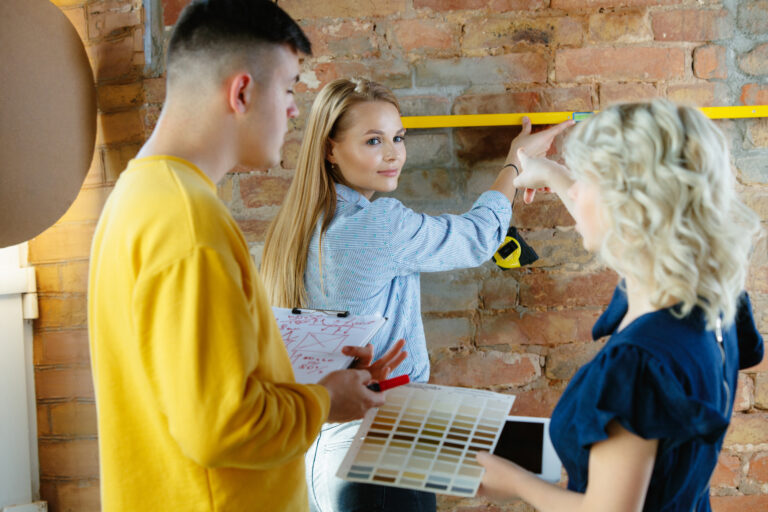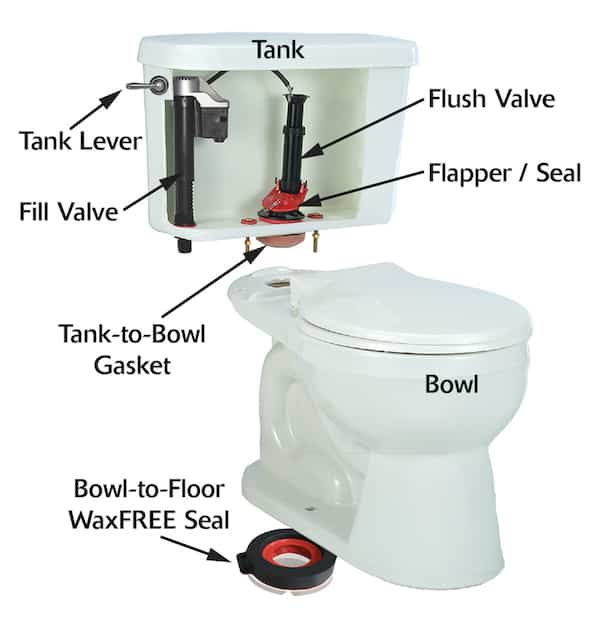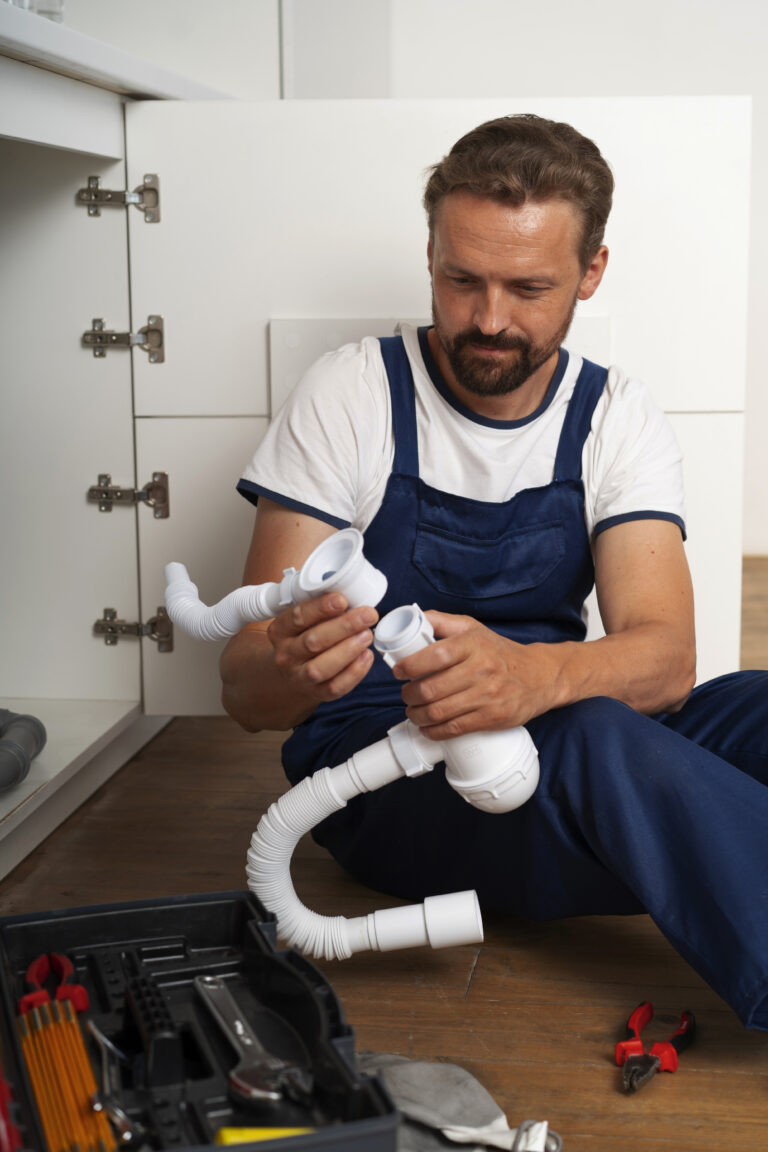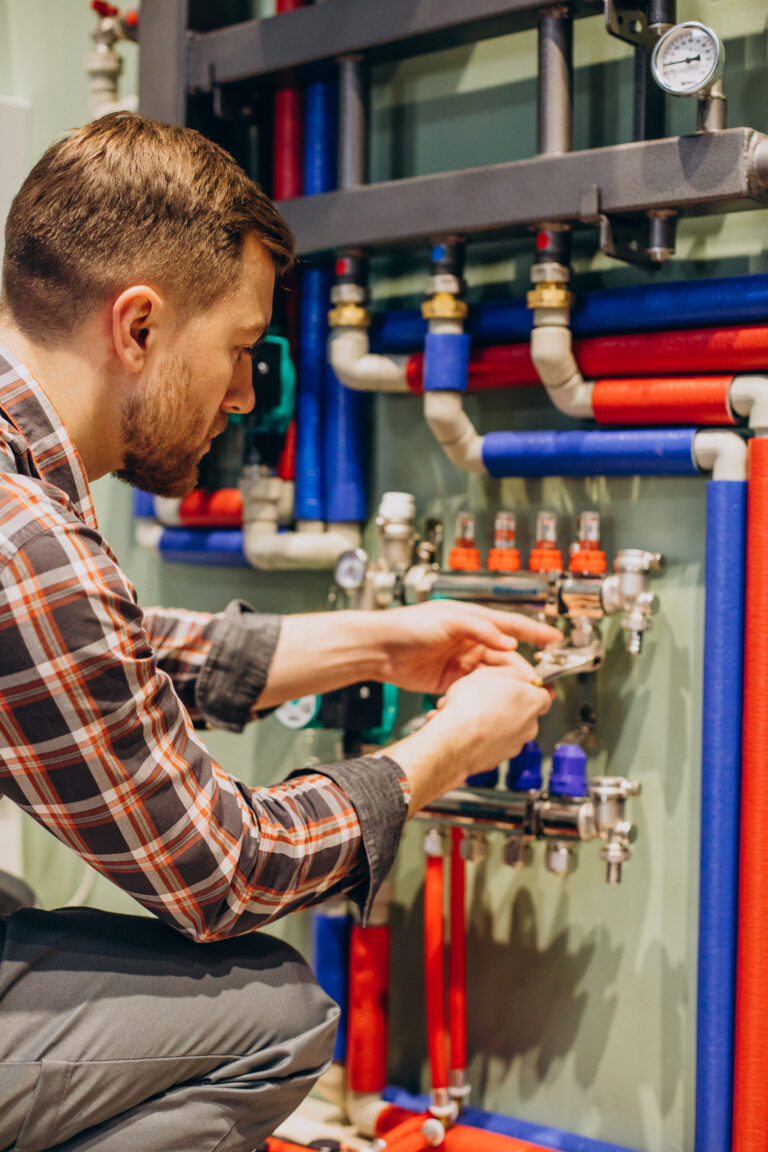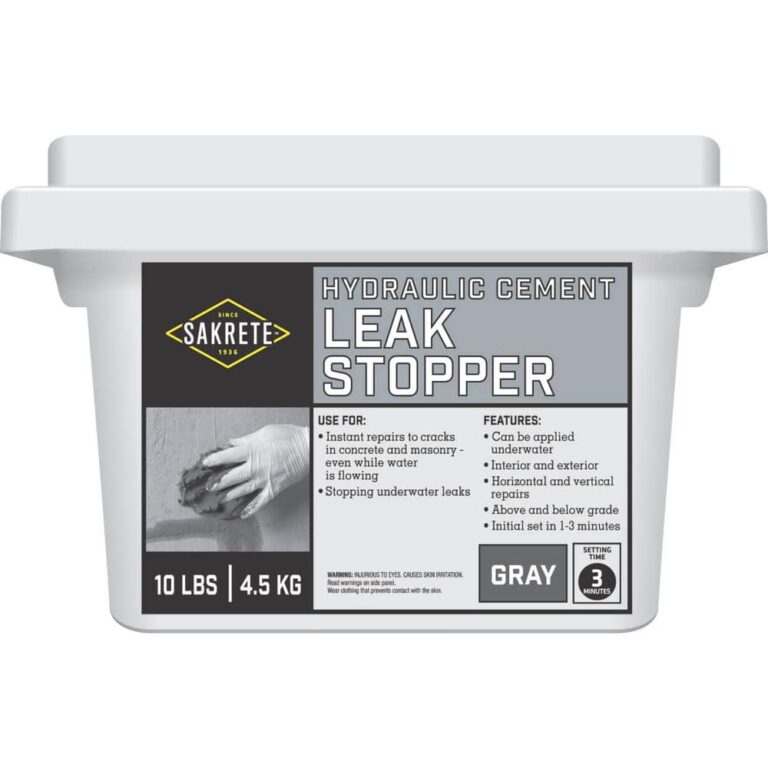What Are The Dangers Of Leaks?
Leaks, whether in the form of water, gas, sewer, or any other type of liquid or gas, pose significant safety risks to people and property. Leaks can cause flooding, structural damage, mold and mildew growth, and even electrical fires. In addition, many types of leaks can lead to the release of hazardous materials into the environment, which can cause serious health concerns for those living nearby. For these reasons, it is important to identify and repair any leaks as soon as possible.
Definition of a Leak
A leak is any unintentional escape of a gas or liquid from a closed system or container. Leaks can affect the environment in several ways, from physical damage to the environment to air and water pollution. The dangers of leaks can also be felt at the individual level, as they can cause respiratory problems, water contamination, and even fatalities.
Leaks can occur from a variety of different sources, including pipelines, tanks, and other containers that store and transport petroleum products, natural gas, or chemicals. Leaks can also occur due to natural or man-made disasters, such as floods, storms, and earthquakes.
Leaks can cause a variety of environmental issues, including air pollution, water pollution, and soil erosion. They can also lead to the depletion of natural resources, including groundwater, surface water, and soil. In addition, leaks can disrupt ecosystems, lead to contamination of drinking water supplies, and cause illness and death among humans and animals.
It is important to take steps to reduce the risk of leaks and to address any leaks that occur. This includes implementing good housekeeping practices, monitoring and maintaining equipment, and regularly inspecting pipelines and containers for leaks. In addition, it is important to have emergency response plans in place if a leak does occur.
Causes of Leaks
Leaks can be caused by a variety of factors, ranging from faulty plumbing to extreme weather conditions. Plumbing issues can range from old pipes that are too fragile to withstand water pressure to loose connections that cause water to seep out. Furthermore, extreme weather such as floods, hurricanes, and storms can lead to water damage and other types of leaks. In both cases, the consequences can be disastrous. Leaks can cause structural damage to the home, resulting in costly repairs, mold growth, and even health problems. Beyond that, leaks can lead to an increase in energy costs due to the water that is wasted. It is therefore important to identify the cause of the leak and take appropriate action to prevent further damage.
Types of Leaks
Leaks can come in many forms, from a small drip from a pipe to a large-scale accidental discharge of hazardous chemicals into the environment. To understand the dangers of a leak, it is important to know the different types of leaks and their possible consequences.
The most common type of leak is a plumbing leak. This can occur in a home or business when a pipe becomes damaged, allowing water to escape. If the leak is not detected and fixed quickly, it can cause extensive water damage to the structure, furniture, and other belongings. It can also result in a higher water bill, as the water continues to flow without anyone noticing.
Another type of leak is a gas leak. This occurs when a gas line becomes compromised, allowing natural gas or other hazardous gases to leak into an area. Gas leaks can be particularly dangerous, as they can result in fires, explosions, and asphyxiation.
Leaks can also occur in a residential or commercial building due to a roof leak. A roof leak allows water to enter the structure, leading to water damage and mold growth.
Finally, a chemical leak is highly dangerous and can occur when hazardous chemicals are accidentally released into the environment. This can lead to contamination of water sources, soil, and air, as well as potential health risks to humans and other living creatures.
It is important to understand the different types of leaks and the potential dangers they can pose. Taking steps to prevent and detect leaks as soon as possible is essential for protecting your property and the environment.
Potential Damage from Leaks
Leaks can cause extensive and costly damage to your home. Not only can they cause structural damage, but they can also lead to mold growth, electrical hazards, and water damage to your home. If a leak goes undetected for long enough, it can cause serious structural damage to your home, leading to expensive repairs. Additionally, the moisture associated with a leak can cause mold to grow in your home, which can be dangerous to your family’s health. Leaks can also cause electrical hazards, as moisture and electricity do not mix well. Finally, water damage from a leak can cause extensive damage to your home and furniture, leading to costly repairs or replacements. It is important to take any leak seriously and to take steps to identify and repair the leak as soon as possible.
Prevention of Leaks
Leaks can be detrimental to any home or business – both in terms of the money spent on repairs and the risk posed to the safety of occupants. The dangers of a leak can include mold, mildew, water damage, and even structural damage, which can be expensive and dangerous to fix. To prevent leaks, it is important to identify potential problems early and address them before they become serious.
Regular inspections and maintenance are key to preventing leaks. Inspecting pipes and other water-carrying systems for signs of wear can help catch a potential leak before it becomes a major issue. Checking for rust, corrosion, or any other signs of damage is also important, as is ensuring that joints and seals are properly sealed. Additionally, if there is a sudden increase in water usage, it may be an indication of a hidden leak.
Investing in quality materials and professional installation is also important, as it can help ensure that pipes, joints, and other components are properly sealed and functioning correctly. Additionally, if a home or business uses a lot of water, it is important to make sure that the water pressure is not too high, as this can lead to burst pipes and other issues.
By regularly inspecting pipes and other water-carrying systems, investing in quality materials, and ensuring that water pressure is not too high, a home or business can prevent the dangers of leaks and save money on costly repairs.
Consequences of Ignoring Leaks
Leaks can be a major hazard for homes and businesses alike. But, what many people don’t realize is that the consequences of ignoring a leak can be far worse than the initial damage. By not dealing with leaks promptly, property owners risk further damage to their property due to mold growth, structural damage, and even increased energy costs.
Mold growth is one of the most common risks associated with leaks that are not addressed promptly. Mold can grow in wet, dark environments, and a leaking pipe or roof can provide the ideal conditions for mold to thrive. Unfortunately, mold can cause extensive damage to a property, as well as pose a health risk to those living or working in the building. Not only can mold damage walls, ceilings, and carpets, but it can also cause respiratory issues for those exposed to it.
Leaks can also cause structural damage to a property. Due to water seeping into the structure, wood can become weak and rot away, while metal can corrode and weaken. As a result, if left untreated, the property can become unsafe for those living or working in it.
In addition to the damage to a property, leaking pipes or roofs can also lead to increased energy costs. As the water seeps through the property, it can cause a higher energy bill due to the additional energy needed to keep the property warm.
By ignoring leaks, property owners are not only risking further damage to their property but also increased energy costs. To avoid the consequences of ignoring leaks, it’s important to deal with any leaks as soon as possible. If left untreated, the damage can be costly and extensive.
FAQs About the What Are The Dangers Of Leaks?
1. What are the health risks associated with water leaks?
Answer: Water leaks can lead to the growth of mold and mildew, which can cause respiratory problems, allergies, and asthma symptoms. In addition, standing water can also lead to the growth of bacteria and viruses, which can create a health hazard.
2. What kind of damage can water leaks cause?
Answer: Water leaks can damage the structure of your home, leading to wood rot, foundation damage, and even the collapse of walls and ceilings. In addition, water can damage electrical systems, leading to potential fire hazards.
3. How can I prevent water leaks from occurring?
Answer: Proper maintenance can help prevent water leaks. Make sure to inspect pipes for any signs of corrosion or damage. Make sure to repair any issues quickly to prevent any potential water damage. Also, make sure to check for any leaks around the home and seal any gaps or openings in walls and ceilings.
Conclusion
Leaking can lead to a variety of dangerous situations, from fires to water damage to health risks. Leaks can also cause significant financial losses due to property damage and loss of valuable resources such as water and energy. It is important to identify and repair all leaks as soon as possible to prevent any further damage or risk. Regular maintenance of pipes, fixtures, and appliances can help prevent leaks and save money in the long run.


